Less than half of European surface waters reach good ecological status, according to new EEA report

The Neckar River at Ladenburg, Germany, which has significant hydromorphological alterations. Image: EEA
Less than half of Europe’s rivers, lakes and estuarine waters reach good ecological status, according to a recently published European Environment Agency report. Only 40% of European surface water bodies were found to be in a good ecological state, despite significant policy and management initiatives in recent decades to conserve and restore them. Roughly the same percentage (38%) of surface waters reach good chemical status, whilst nearly half (46%) do not.
The EEA report is based on data from EU-member states monitoring their surface and ground waters as part of the Water Framework Directive River Basin Management Plans (RBMPs). The report is the first overall assessment over European waters since 2012, and covers the second round of RBMP reporting. It contains data on over 130,000 water bodies across Europe, which have been monitored over the last six years.
What is ecological status?
Ecological status is an assessment of the structure and function of aquatic ecosystems, and is intended to show the ecological impacts of pressures such as pollution and habitat degradation. It is calculated based on monitoring of biological quality elements (such as fish, insects and plankton), physico-chemical elements (such as nutrient levels, organic pollutants and acidification), and hydromorphological elements (such as water flow, channel shape, and barriers such as dams and weirs). Broadly, then, ‘good’ ecological status means that communities of plants and animals can thrive in aquatic habitats which show minimal impacts of human alterations. ‘Good’ ecological status is the goal for water management under the Water Framework Directive.

Image: EEA 2018
Key pressures on European surface waters
The most significant pressures on surface water bodies were from hydromorphological alterations (such as river straightening, water impoundment and the construction of dams and weirs) and diffuse pollution (particularly of fertilisers from agriculture). Mercury pollution – from atmospheric deposition and urban waste water treatment plants – was a key cause of many water bodies failing to reach good chemical status. The countries with the lowest proportion of water bodies in ‘good’ ecological and chemical status were in heavily-populated and industrialised areas of northern Europe – particularly in south-east England, Netherlands, Belgium and Germany.
Groundwaters in better condition
Groundwaters were generally found to be in better condition across Europe, with 74% of European groundwater areas found to be in good chemical status, and 89% found to be in good quantitative status (i.e. their water stock). Nitrates from agricultural activity and sewage systems were the primary source of groundwater pollution. Water abstraction for public water supplies, agriculture and industry was the key cause of groundwaters failing to achieve good quantitative status.
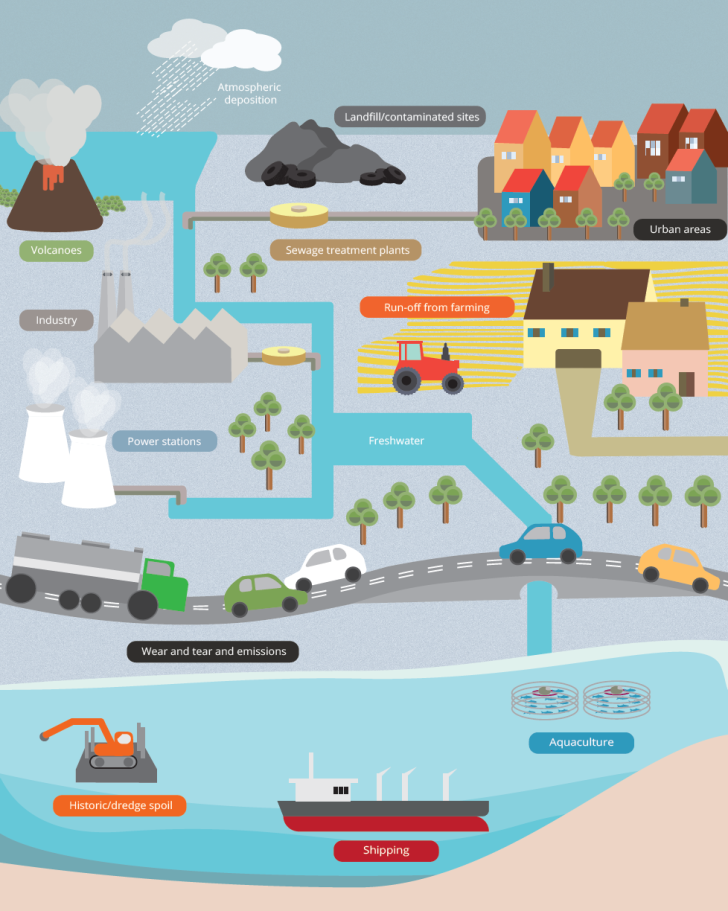
Sources of water pollution across Europe. Image: EEA, 2018
Reflecting on the second River Basin Management Plan reports
It is difficult to properly compare the results of the first and second RBMPs, as European water monitoring programs have been expanded and improved over their period of implementation. But, whilst these monitoring improvements have given scientists and managers a better picture of the stressors and pressures affecting European waters, there appears a long way still to go in successfully mitigating their harmful effects.
“Thanks to the implementation of European water legislation in the Member States, the quality of Europe’s freshwater is gradually improving, but much more needs to be done before all lakes, rivers, coastal waters and groundwater bodies are in good status. Tackling pollution from agriculture, industry and households requires joint efforts from all water users throughout Europe,” says Karmenu Vella, EU Commissioner for Environment, Maritime Affairs and Fisheries.
The report states that most European member states have made significant efforts to improve water quality and reduce hydromorphological pressures on their surface waters. The original intention of the Water Framework Directive – implemented in 2000 – was that all member states should achieve good status in their surface and ground waters by 2015. This has obviously not been achieved, despite the coordinated efforts of policy makers, water managers and scientists across Europe under the WFD.
It is increasingly evident, however, that the ecological impacts of aquatic restoration measures can take a number of years to be realized, especially in complex multiple stress environments. The authors of the EEA report optimistically suggest that by the time the third RBMPs (taking place 2019-2021) are reported upon, the conservation and restoration measures implemented in the first two rounds will have caused significant positive progress towards good ecological status in water bodies across Europe.

‘Making room for the river’ on the Swindale Beck restoration project in the English Lake District. Image: Lee Schofield | RESTORE Project
The promise of integrated water management
The report calls for an increased focus on integrated water management as a means strengthening WFD implementation and impacts. Its authors highlight three areas in which this could be achieved. First, they advocate the use of management concepts such as the ecosystem services approach and ecosystem-based management as a means of co-ordinating efforts across related EU policies on the marine environment and terrestrial biodiversity. Second, they highlight the potentials of ecological management which works with dynamic natural processes, such as river and floodplan restoration through ‘Room for the River’ type schemes.
Finally, they call for better co-operation between water authorities and other sectors such as agriculture, transport and energy. They highlight Europe 2020 – the EU’s strategy for the growth of a ‘greener’, more environmental economy – as a framework for fostering sustainable water management across sectors.
“We must increase efforts to ensure our waters are as clean and resilient as they should be — our own well-being and the health of our vital water and marine ecosystems depend on it. This is critical to the long-term sustainability of our waters and in meeting our long-term goals of living well within the limits of our planet,” says Hans Bruyninckx, EEA Executive Director.






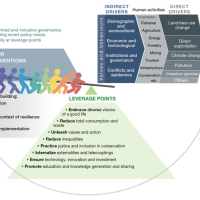


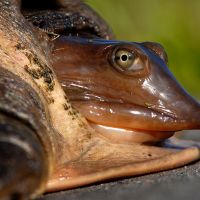
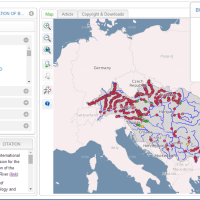


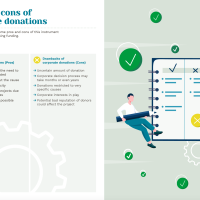

Comments are closed.